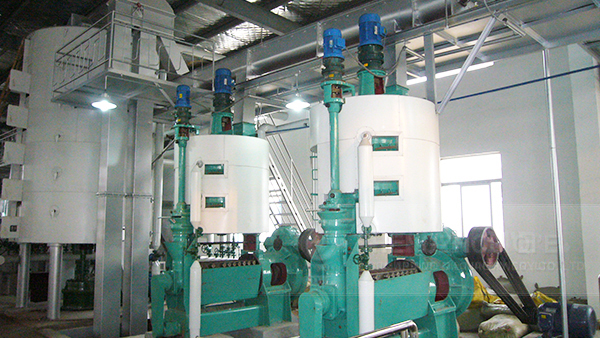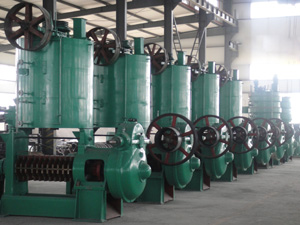
Peanut oil is a staple in many kitchens around the world, valued for its rich flavor and numerous health benefits. In this article, we'll take you through the entire production process of peanut oil, from raw materials to the dining table, and highlight the differences and advantages between hot and cold pressing processes.
The journey of peanut oil begins with the shelling of peanuts. Specialized machines are used to remove the outer shells, ensuring that only high - quality peanuts enter the subsequent production stages. This initial step is crucial as it helps to eliminate impurities and damaged peanuts, which can affect the quality of the final oil product.
Hot pressing involves heating the peanuts to a relatively high temperature (around 120 - 130°C) before pressing. This process can significantly increase the oil yield, usually reaching up to 40 - 45%. The hot - pressed peanut oil has a stronger and more intense flavor, which is preferred by many consumers for cooking dishes that require a rich nutty taste. However, the high - temperature treatment may destroy some of the heat - sensitive nutrients in peanuts.
In contrast, cold pressing is carried out at a lower temperature (below 60°C). Although the oil yield is relatively lower, around 30 - 35%, cold - pressed peanut oil retains more natural nutrients, such as vitamins E and antioxidants. It has a lighter flavor and is often considered a healthier option for those who prefer a more natural and pure taste.
| Pressing Process | Temperature | Oil Yield | Flavor | Nutrient Retention |
|---|---|---|---|---|
| Hot Pressing | 120 - 130°C | 40 - 45% | Strong and intense | Less |
| Cold Pressing | Below 60°C | 30 - 35% | Light | More |
After shelling, the peanuts are thoroughly cleaned to remove dirt, dust, and other contaminants. This step is essential for ensuring the purity and safety of the final oil product. Pre - treatment may also involve processes like drying to adjust the moisture content of peanuts, which can affect the subsequent pressing efficiency.
In the cooking stage, peanuts are baked. For hot - pressing, the baking temperature plays a key role. If the temperature is too high, it may lead to over - cooking of peanuts, resulting in a burnt taste in the oil. On the other hand, if the temperature is too low, the oil yield may not be optimized. For cold - pressing, the peanuts are usually not subjected to high - temperature baking to preserve nutrients.
Crushing the peanuts into smaller particles can significantly increase the oil yield. By increasing the surface area of peanuts, the oil can be more easily released during the pressing process. Specialized crushers are used to ensure uniform particle size, which is beneficial for consistent oil extraction.

After all the previous steps, the peanuts are ready for pressing. In modern production, large - scale screw oil presses are commonly used. These machines can apply high pressure to extract oil from peanuts efficiently. The pressed oil then goes through a refining process to remove impurities and improve its clarity and stability.

The oil cake left after pressing is not wasted. It can be used as animal feed due to its high protein content. In some cases, it can also be further processed into fertilizer, making the entire production process more environmentally friendly and resource - efficient.
Our peanut oil production process is a meticulous and well - controlled journey, from the careful selection of raw materials to the final refining and packaging. We are committed to providing you with high - quality peanut oil that meets the highest standards of safety and taste. Whether you prefer the rich flavor of hot - pressed oil or the health benefits of cold - pressed oil, we have the perfect product for you.
Are you ready to experience the difference of our premium peanut oil? Click here to place your order now and elevate your cooking to a new level!

